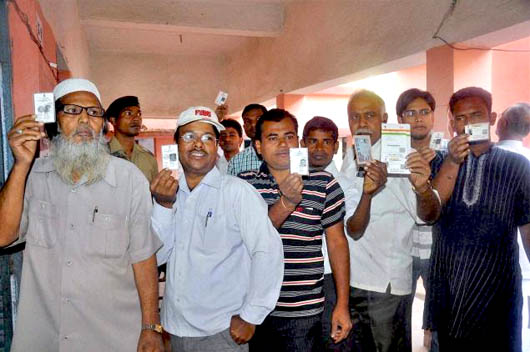New Delhi, Mar 5: Union Health Minister Harsh Vardhan assuring that the government has the coronavirus crisis under control, is like the Titanic captain telling passengers not to panic as his ship was unsinkable, Congress leader Rahul Gandhi said on Thursday.
Gandhi's remarks came after Vardhan's assurance in Parliament that the government is taking all necessary measures to prevent the spread of COVID-19 (coronavirus disease) in India.
“The health minister saying that the Indian government has the coronavirus crisis under control, is like the Captain of the Titanic telling passengers not to panic as his ship was unsinkable,” Gandhi said in a tweet.
“It's time the government made public an action plan backed by solid resources to tackle this crisis,” he said.
RMS Titanic was a British passenger liner that sank in the North Atlantic Ocean in the early morning hours of April 15, 1912, after striking an iceberg during her maiden voyage from Southampton to New York.
Gandhi has been raising concerns over the coronavirus infection since long. In a February 12 tweet, he had said coronavirus is an extremely serious threat to “our people and our economy”.
“My sense is the government is not taking this threat seriously. Timely action is critical,” he had said.
Earlier this week, Gandhi had hit out at Prime Minister Narendra Modi over the detection of fresh coronavirus cases in the country, saying he should quit wasting India's time “playing the clown” with his social media accounts when India is facing an emergency.
With the message of “Here's how it's done”, Gandhi had also tweeted a video of Singaporean Prime Minister Lee Hsien Loong addressing Singaporeans on how to deal with the coronavirus.
The number of coronavirus cases in India is 29, including 16 Italians, the government had said on Wednesday, adding all international passengers will now be screened at airports, amid growing concern over the spread of the respiratory infection.







Comments
Add new comment